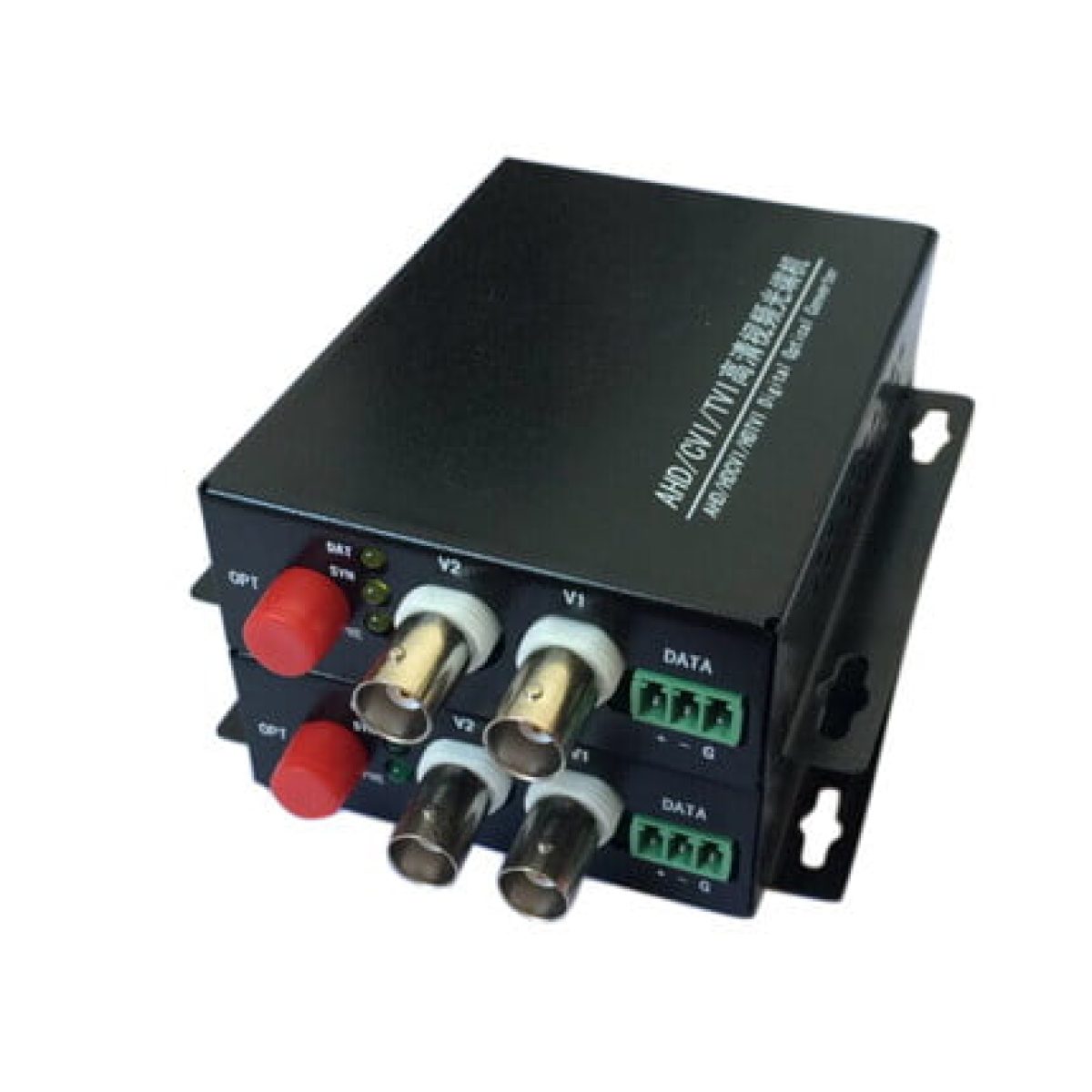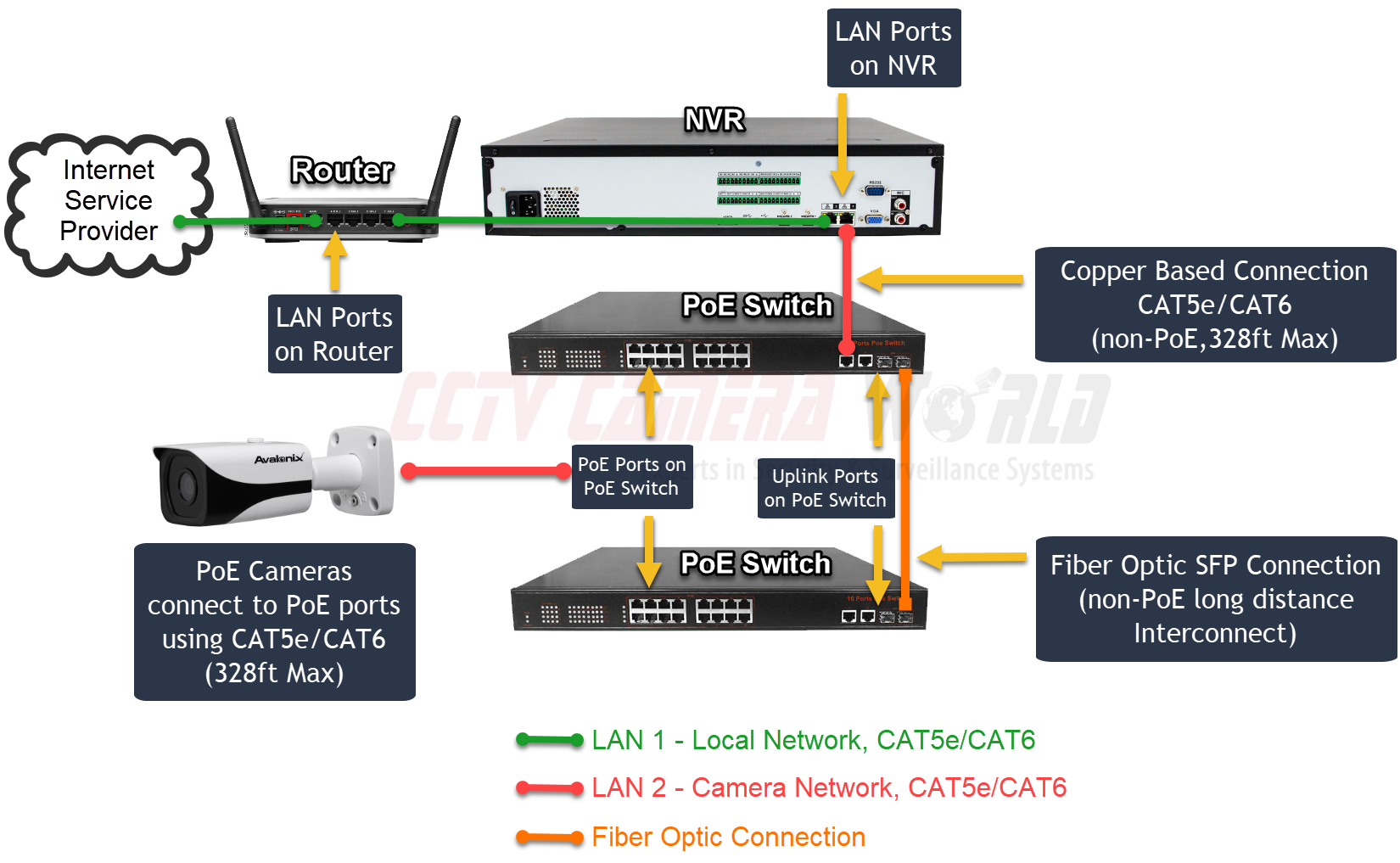Improve Your Surveillance Network with a CCTV Camera Featuring Fiber Optic Output for Clearer Monitoring
Improve Your Surveillance Network with a CCTV Camera Featuring Fiber Optic Output for Clearer Monitoring
Blog Article
Leading Factors to Select CCTV Cameras With Fiber Optic Outcome for Trustworthy Security
In the developing landscape of surveillance modern technology, the choice of CCTV video cameras with fiber optic outcome presents an engaging instance for integrity and efficiency. These systems not just supply remarkable picture high quality and extended transmission ranges yet likewise provide resilience versus electro-magnetic interference, guaranteeing uninterrupted efficiency. As the need for top notch monitoring remains to climb, comprehending the cost-effectiveness and flexibility of these installments comes to be critical. The implications of these benefits prolong much past mere monitoring, triggering a closer assessment of their role in modern safety strategies.
Superior Photo High Quality

This boosted picture top quality is especially crucial in settings calling for precise surveillance, such as banks, airport terminals, and crucial framework. The high bandwidth of fiber optic technology sustains advanced functions like high-def video clip and dynamic variety, enabling better exposure in low-light problems.

Extended Transmission Distance
One of the significant benefits of CCTV video cameras with fiber optic output is their capability for prolonged transmission distance. Unlike typical copper cable television systems, which are limited by signal degradation over lengthy distances, fiber optic innovation permits the transmission of high-grade video signals over a number of kilometers without loss of top quality. This capability is especially beneficial for big centers, campuses, or metropolitan settings where security coverage is necessary.
Using fiber optics in CCTV systems allows smooth assimilation throughout extensive areas, assisting in the release of cameras in remote locations that would otherwise be testing to attach. This extensive transmission range is not just advantageous for scalability but likewise for the versatility in system style. Installers can purposefully position electronic cameras to optimize coverage, ensuring that crucial areas are kept track of successfully.
Additionally, the capacity to cover lengthy ranges without the requirement for repeaters or extra devices lowers total installment intricacy and expenses. fence detection system. Because of this, services and organizations can execute robust monitoring services that maintain high efficiency over substantial locations, improving safety procedures and operational efficiency. In recap, the extensive transmission distance offered by fiber optic output stands as an engaging factor to select these advanced CCTV systems for reliable security
Improved Interference Resistance
The advanced modern technology of fiber optic result not only facilitates extensive transmission ranges however also supplies improved interference resistance. Fiber optic wires transfer data as light signals via glass or plastic fibers, making them naturally immune to electro-magnetic interference (EMI) and radio regularity disturbance (RFI) This characteristic is specifically beneficial in settings where digital devices might create sound, such as industrial setups or densely booming urban locations.
Unlike conventional copper cables, which can function as antennas and grab undesirable signals that degrade video clip quality, optical fiber maintain signal stability over long this post ranges. This ensures that the security footage caught continues to be clear and reputable, no matter outside electro-magnetic disturbances. Furthermore, fiber optic cables are less at risk to signal loss because of depletion, allowing for top notch video clip transmission even in difficult problems.
Furthermore, using optical fiber adds to general system protection, as the signals can not be easily tapped or interrupted, lowering the risk of unauthorized gain access to. By investing in CCTV cams with fiber optic output, customers can enjoy superior performance and comfort, knowing that their monitoring system is resistant versus disturbance and capable of delivering constant, top notch video.
Cost-Effectiveness In Time
In time, the cost-effectiveness of CCTV video cameras with fiber optic output becomes increasingly apparent. While the first financial investment might be more than traditional copper-based systems, the long-term financial benefits dramatically counter this difference. Fiber optic technology supplies better toughness and reduced maintenance costs, causing less replacements and repairs over the site life-span of the cams.
One of the significant cost-saving variables is the minimized risk of signal destruction over my blog cross countries. Optical fiber preserve top quality video clip transmission, which lessens the need for signal boosters and added devices that can drive up overall expenses. The strength of fiber cable televisions versus environmental problems means they are less most likely to suffer damages from weather, bugs, or electromagnetic interference, converting to lower substitute rates.
In addition, the energy effectiveness of fiber optic systems adds to decreased functional costs. These cams generally call for less power to operate contrasted to conventional systems, hence lowering electrical energy bills in time. When incorporated with the potential for enhanced safety and security results, the total return on investment for CCTV electronic cameras with fiber optic output clearly shows their cost-effective advantages in trustworthy security solutions.
Versatile Setup Choices
With a variety of versatile installation choices, CCTV cams outfitted with fiber optic result can be seamlessly integrated into different atmospheres. Their light-weight style and adaptability in placing arrangements enable installments in both interior and exterior setups, adjusting to the details needs of any kind of security task.
From business homes to suburbs, fiber optic CCTV systems can be tactically put to make best use of coverage while minimizing dead spots. The capacity to mount these electronic cameras at differing heights and angles enhances their performance in monitoring crucial areas. In addition, the long-distance transmission capacities of optical fiber decrease the need for repeaters, therefore streamlining installment in large areas.
In addition, these cams can be integrated with existing infrastructure, such as posts or building facades, which provides an economical service for updating monitoring systems without extensive renovations. Their durability to environmental aspects also makes fiber optic electronic cameras appropriate for challenging places, consisting of industrial websites or areas with high electro-magnetic interference.
Verdict

Report this page